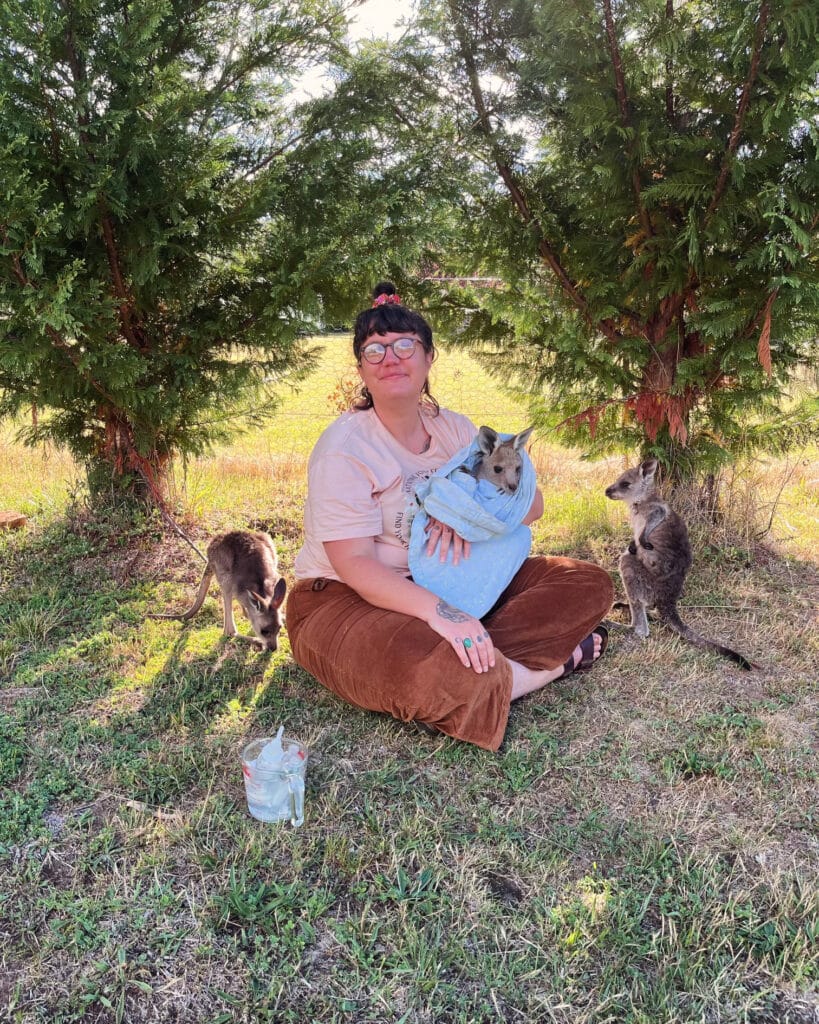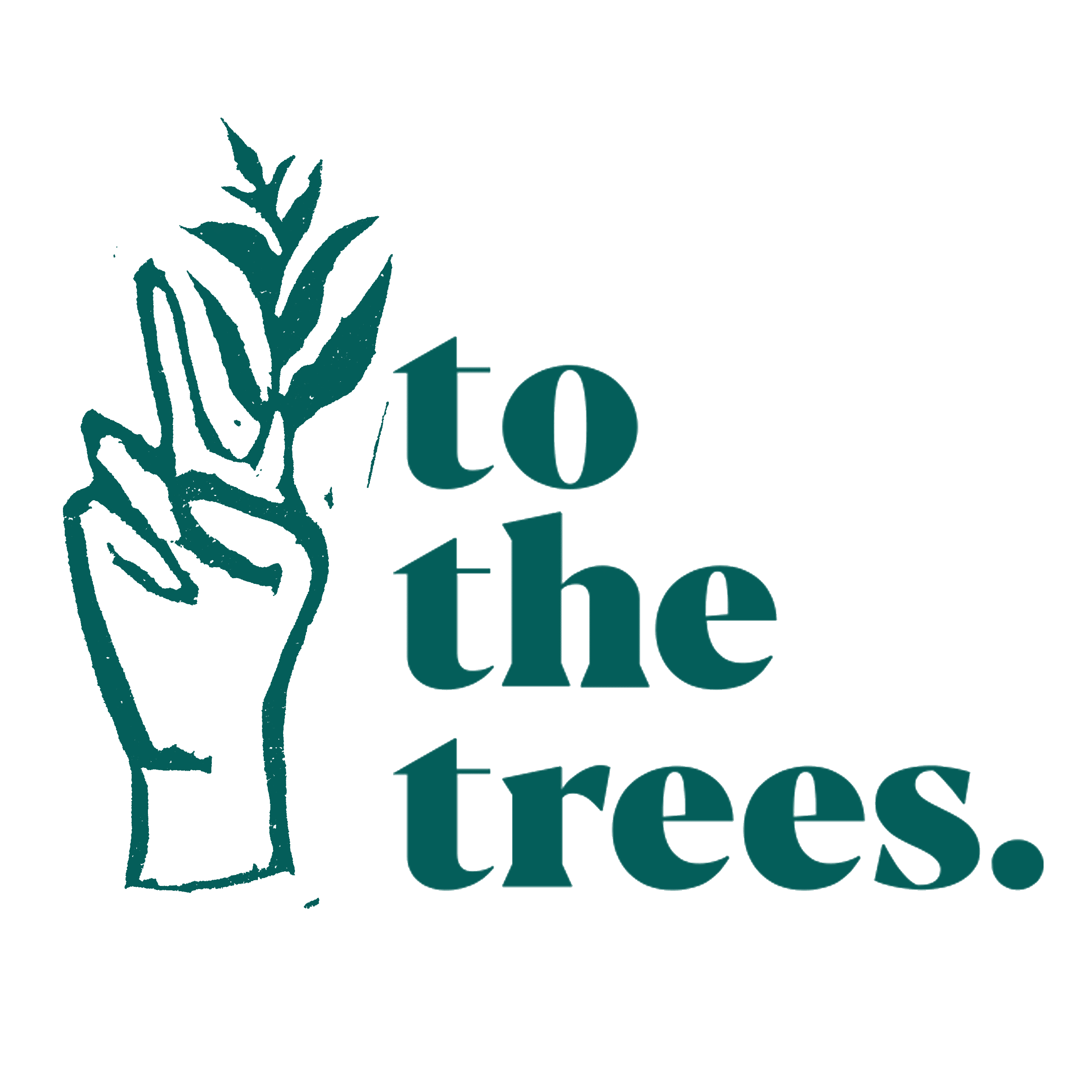Your cart is currently empty!
Wildlife Rescue: An Interview with Sarah Humphreys
Welcome to To The Trees, where we shine a spotlight on wildlife rescue efforts in Australia. In our latest blog post, we had the privilege of sitting down with Sarah Humphreys, a multifaceted individual known for her musical talents, creative spirit, and her unwavering dedication to wildlife rescue and ps. is also one of my best friends.
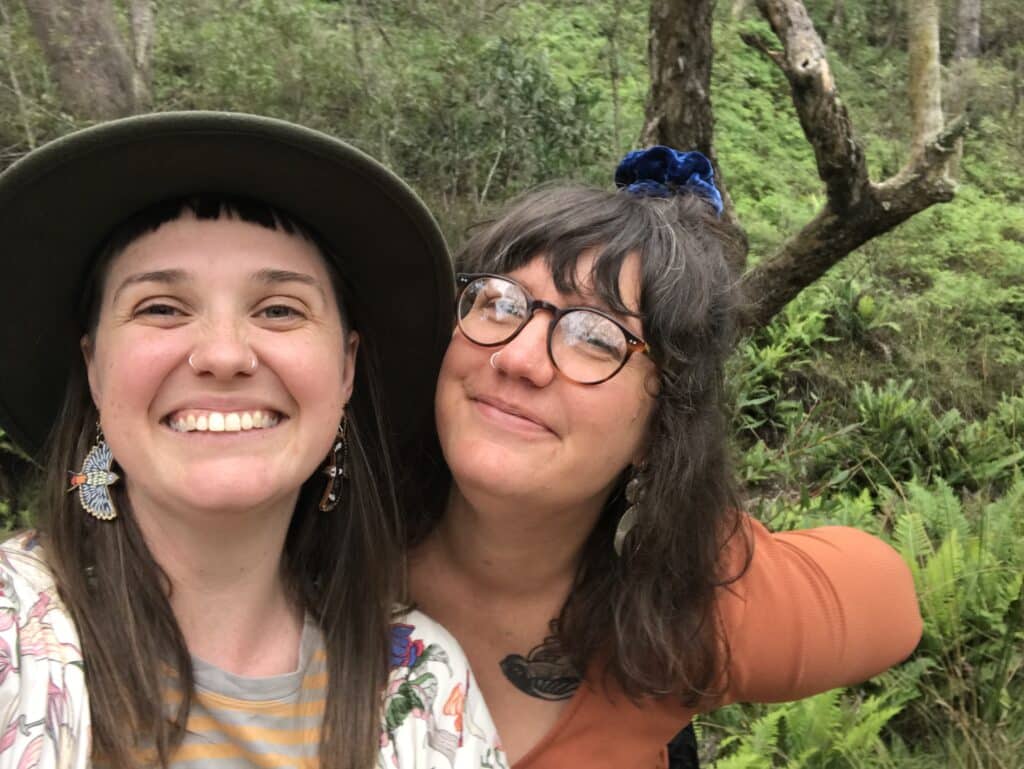
In today’s world, as human activities encroach upon natural habitats, the need for wildlife rescue volunteers like Sarah has never been greater. Through her experiences and insights, we gain a deeper understanding of the challenges facing our native animals and the vital role that volunteers play in their survival.
Join us as we delve into Sarah’s journey as a wildlife rescue volunteer, exploring the highs, the lows, and the invaluable lessons she’s learned along the way. From heartwarming success stories to the harsh realities of the work, Sarah’s perspective offers a glimpse into the world of wildlife rescue and a compelling call to action for us all.
We conducted an Instagram Live session, which ended up being over an hour long. For this blog post, we’ve distilled the conversation into key takeaways that were insightful for me and, hopefully, will be for you too!
The Catalyst to Become a Wildlife Rescue Volunteer
For Sarah, the desire to volunteer was always present, fuelled by her lifelong love for animals. However, it wasn’t until a devasting moment in the country, where she found herself grappling with rescuing a kangaroo entangled in a barbed wire fence, that she decided to take action.
Sarah recalls, “You’re going to learn from each rescue and become a better rescuer for it. I did the course and started accepting rescues, flying by the seat of my pants a bit because the knowledge is one thing, but then to be out with members of the public and be on call to help is different.”
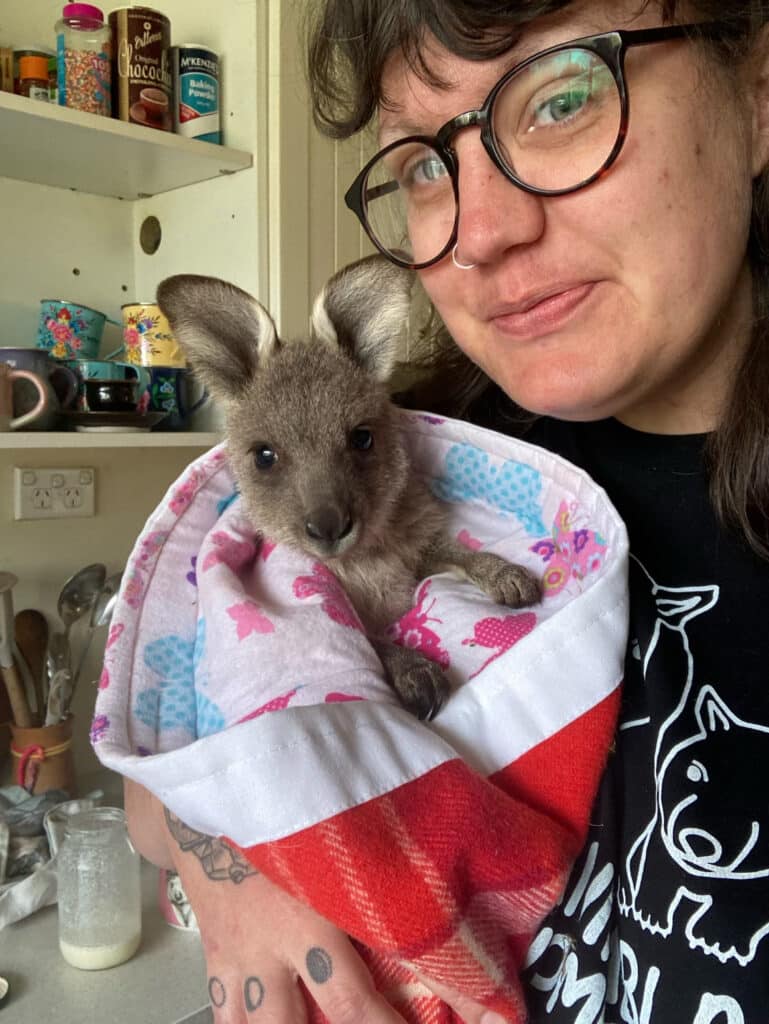
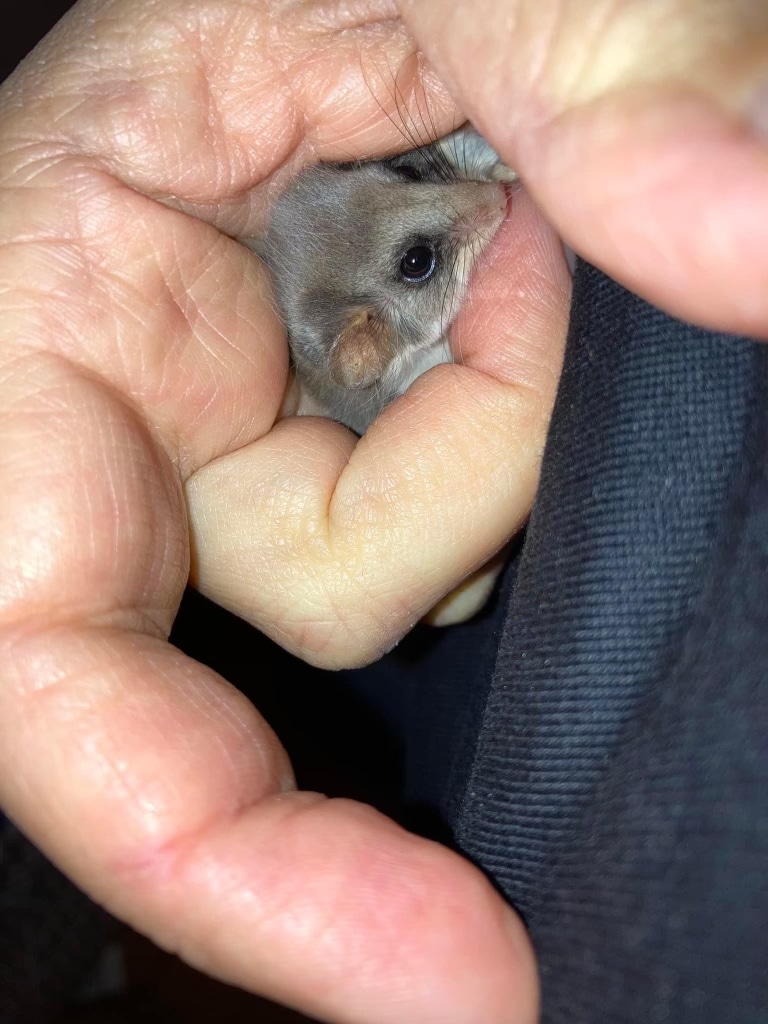
A Day in the Life of a Wildlife Rescuer
From loss of habitat to navigating roads and dealing with fruit netting, Australian wildlife face a myriad of challenges. Sarah’s days are filled with rescue requests that can come at all hours.
“I might see 6-7 animals in one day on a 30-minute drive. I do rescues that aren’t even in the system, I get out and stop and check if they have a pouch, if they have joeys and if the joeys are alive I take them out and try to save them,” Sarah explains.
When I asked about a favourite or happy ending rescue Sarah laughs and tells me most of the time the rescues are a mix of happy and sad. One memorable rescue involved a mother kangaroo whose life couldn’t be saved, but her joey could. Sarah’s compassionate approach ensured a successful rescue, providing solace to both the mother and her offspring. Sarah spent the time slowly and gently assuring her that she was going to do what she could to save the mothers joey. It’s this respect that led to a successful rescue of the joey where the mother wasn’t panicked and was able to be euthanised with dignity. Sarah brought the joey home and she was a beautiful part of the family for a few months before she died.
“She was wild and beautiful, and I loved her. And she died too, but I gave her everything I had.”
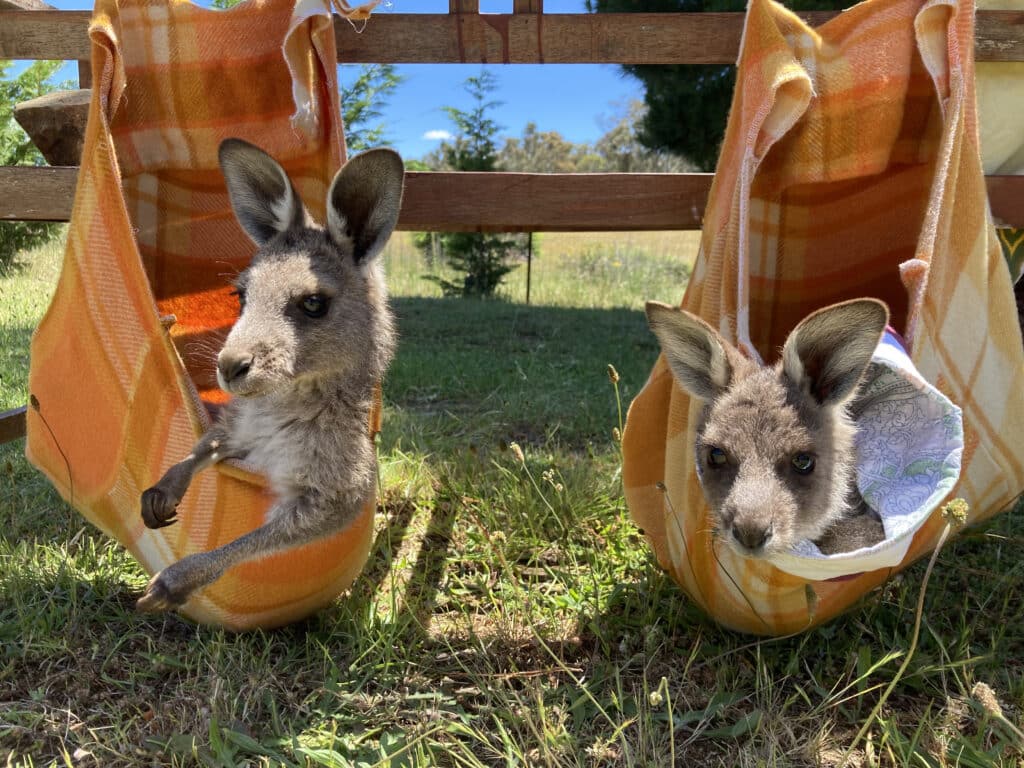
The Emotional Toll of Rescue Work
Despite the rewarding nature of wildlife rescue, it takes a toll on mental health. Sarah reflects on the challenges, stating:
“Rural areas have a lot of animals that need help and not a lot of people to help them.”
She emphasises the importance of self-care, boundaries and hopes for a better support system to address the emotional strain faced by volunteers. Despite the inherent challenges of wildlife rescue, Sarah remains steadfast in her commitment to the cause.
“It’s challenging and often traumatic, impacting mental health,” she admits. “But knowing that animals depend on us keeps me going, despite the difficulties.”
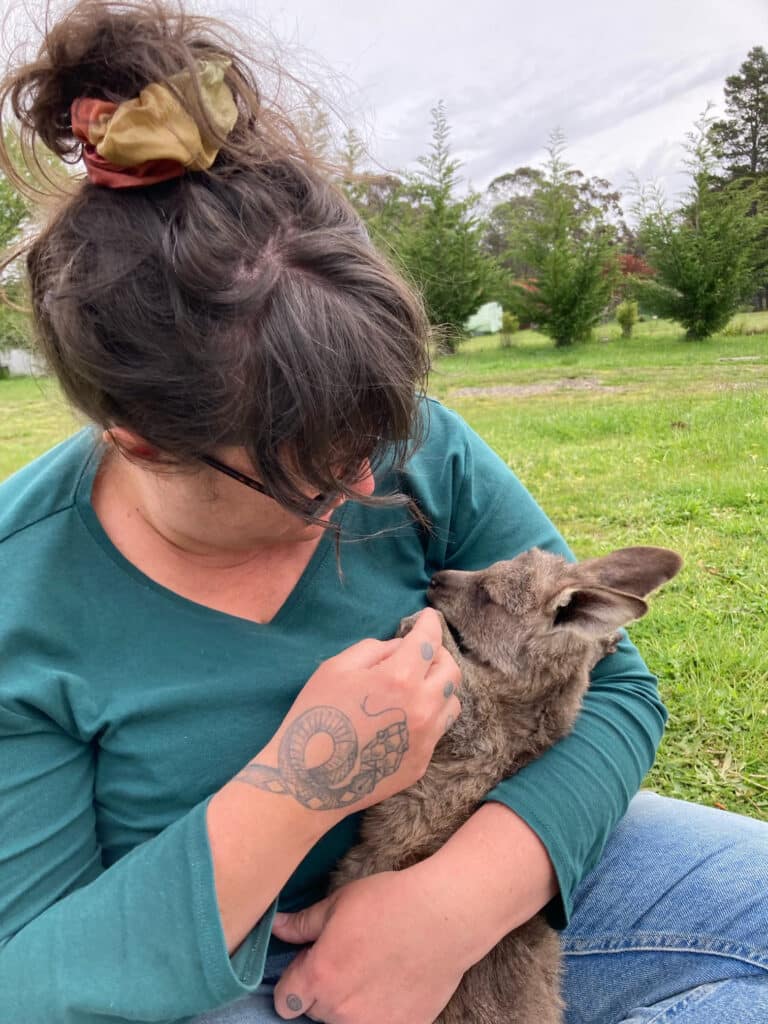
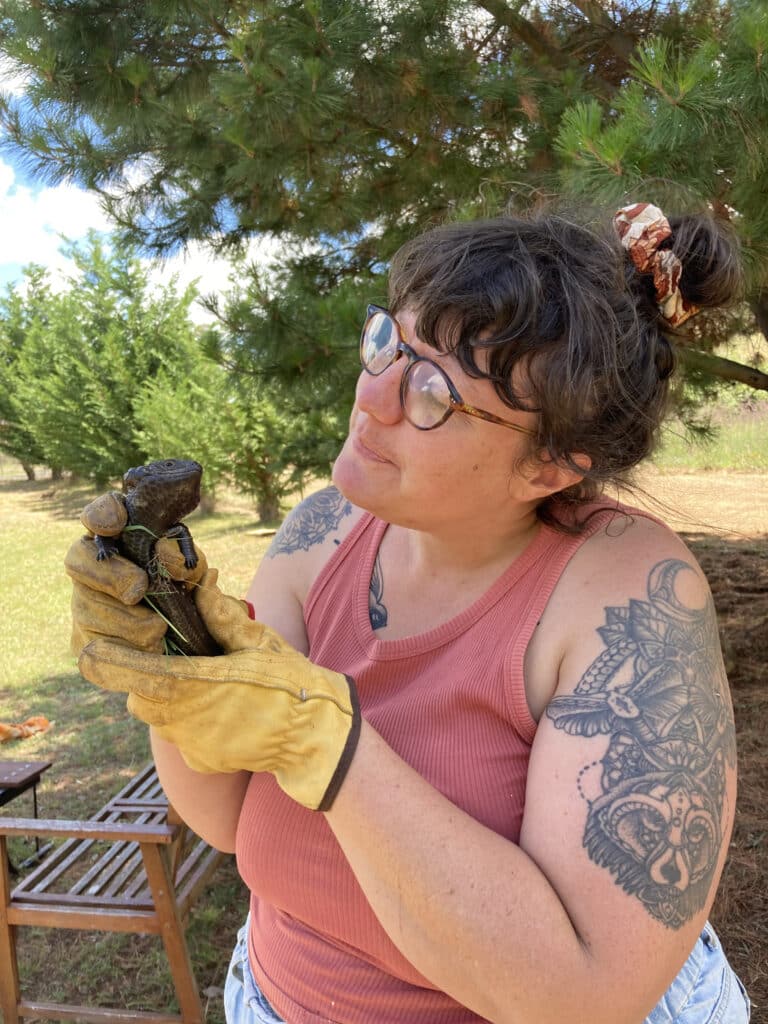
A Call to Action: Supporting Wildlife Rescue Efforts
Some key takeaways and actionable steps we can all take are outlined below from our chat the Sarah. Make yourself a rescue kit for your car, familiarise yourself with a simple pouch check, save the numbers of your local wildlife rescue organisations in your phone.
Basic Rescue Kit:
- spray paint or bright ribbon (to mark the animal so others know it’s been checked)
- high vis vest
- Gloves (leather or gardening gloves)
- Pillow case turned inside out so the animals don’t get snagged in any loose threads
Some easy things we can all do to help live alongside our beautiful wildlife:
- Slow down when you’re driving between dusk and dawn. If you see an animal, come to a slow stop, don’t swerve. If someone is driving behind you and wants to go faster, safely pull to the side and let them pass
- High beam lights are so bright and blinding that the animals can’t see so only use them when needed
- Use wildlife friendly fruit netting
- Remove barbed wire from fences if possible, look into some alternatives to barbed wire if you need it for stock
Sarah encourages donations to grassroots charities, where funds directly benefit rescue operations, providing essential resources for volunteers like herself.
Together, we can make a difference in the lives of Australia’s precious wildlife. Join us in supporting wildlife rescue efforts and preserving our natural heritage.
Check out our Wildlife Rescue Collection here (available until the end of May 2024). Five percent of the profits are donated to the Wombat Protection Society and Sydney Wildlife Rescue.
Thank you Sarah and thanks to all the wonderful, hard working and caring wildlife rescue volunteers!
Ps! Sarah’s favourite earrings from the new collection are the Wombats! You can check them out here.
